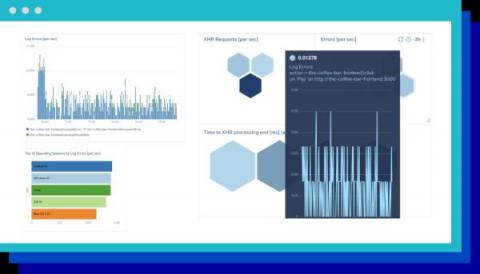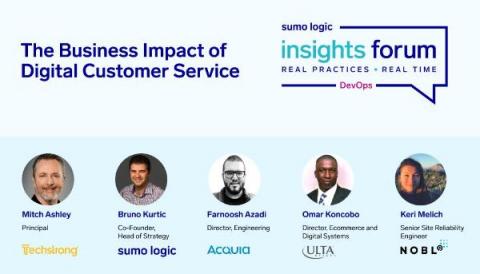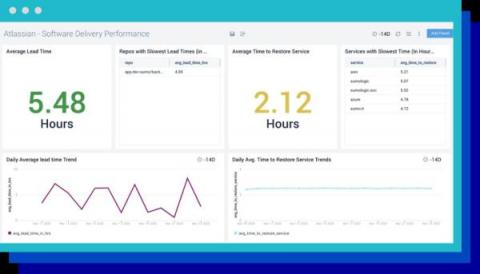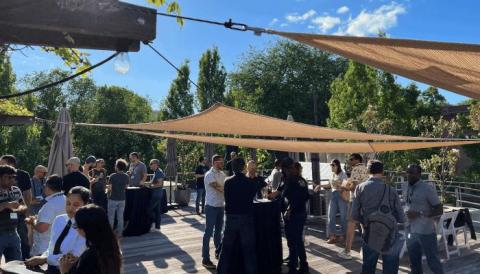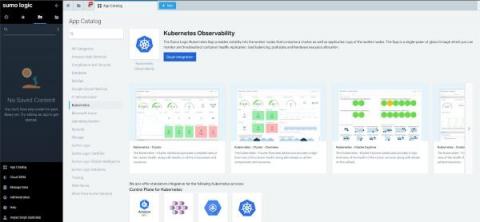How to drive better decision-making with reliability management
Almost every organization is going through digital transformation. According to IDC, direct digital transformation investment is growing globally at a compound annual growth rate of 15.5% and is expected to approach $6.8 trillion by 2023. Customers quickly embrace the benefits of a customer experience reshaped by technology. However, they have little patience when that technology doesn’t work as expected.



